Search
« Previous |
11 - 20 of 40
|
Next »
Search Results
Select an image to start the slideshow
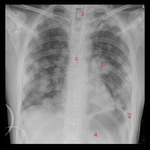
X-ray (chest), PA, Metastatic Cancer, Adult Male
1 of 10
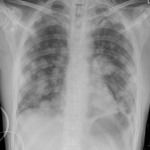
X-ray (chest), Metastatic Cancer, Adult Male
2 of 10
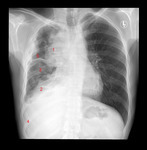
X-ray (chest), PA, Thymoma Invasive, Adult Male
3 of 10
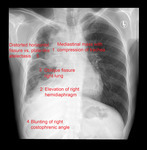
X-ray (chest), PA, Thymoma Invasive, Adult Male
4 of 10

X-ray (chest), PA, Thymoma, Adult Male
5 of 10
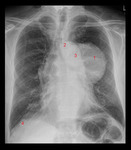
X-ray (chest), PA, Thymoma, Adult Male
6 of 10
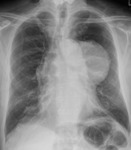
X-ray (chest), PA, Thymoma, Adult Male
7 of 10

X-ray (chest), PA, Pneumonia RML Silhouette Sign, Answers, Adult Male
8 of 10
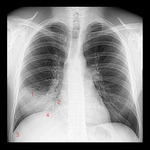
X-ray (chest), PA, Pneumonia RML Silhouette Sign, Numbered, Adult Male
9 of 10

X-ray (chest), PA, Thymoma Invasive, Adult Male
10 of 10